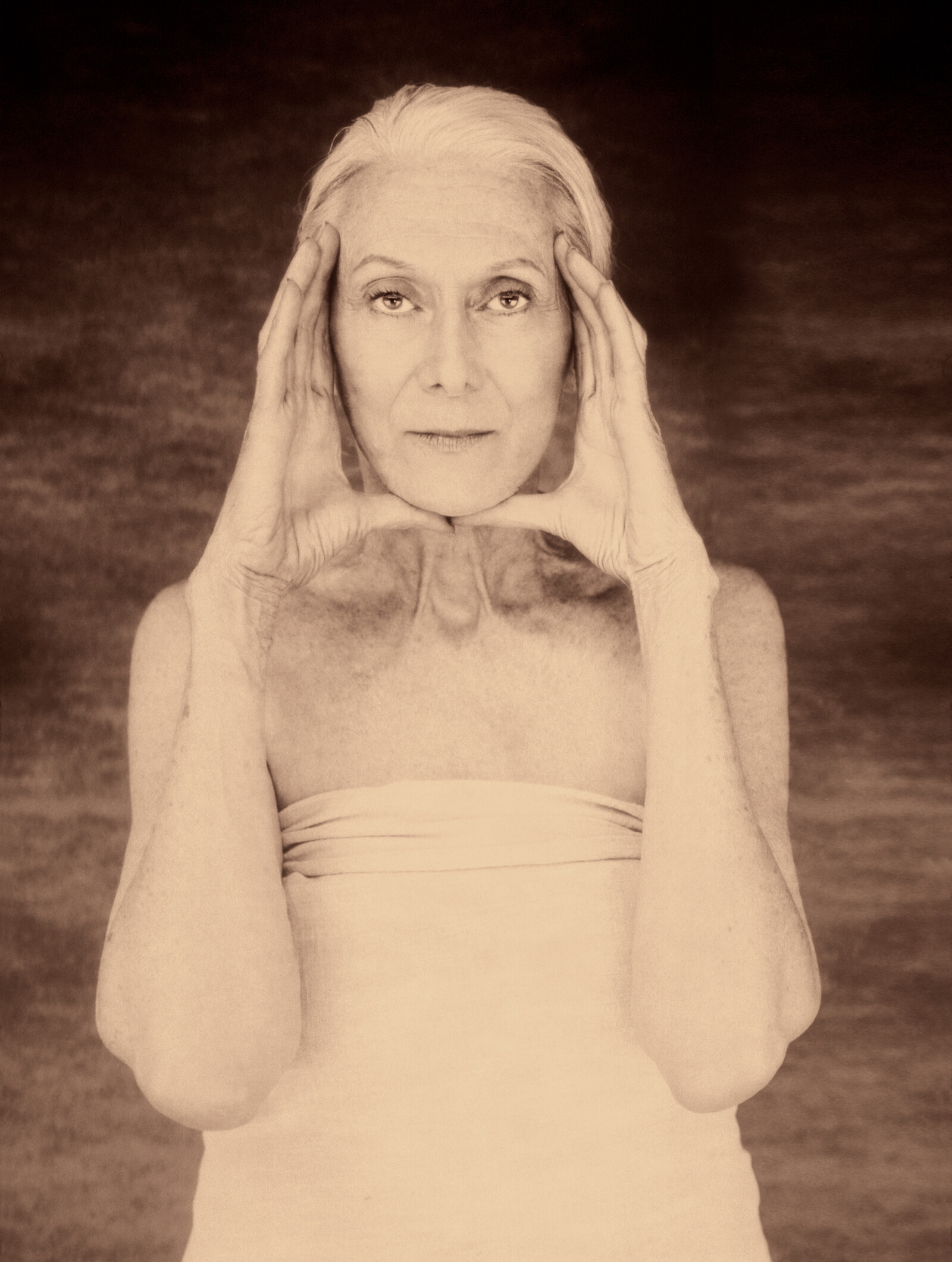November 17, 2017–March 4, 2018
Of all the stages in life, none has such controversial associations in our society as old age. While on the one hand the advertising industry coins new enticing labels for the growing market of over-65s, such as woopies, “Best Agers,” or golden agers, on the other, people only in their fifties find themselves excluded from the job market. The movie industry shows us sprightly young-at-heart seniors; the cosmetics industry reinforces the prevailing cult of youth with a multitude of anti-aging products. In the discussion about old age, artists have often presented alternatives to the usual model. AGING PRIDE presents a wide variety of approaches to this topic in historical and contemporary art. This first cross-media exhibition about this highly topical subject can be seen at the Lower Belvedere from November 17, 2017 to March 4, 2018.
Stella Rollig, CEO of the Belvedere, said: “Dealing with old age is one of the major issues of our time, especially as life expectancy is clearly increasing. But instead of valuing age, there exists real discrimination and exclusion. The Belvedere’s exhibition shows images of old age that radiate strength, beauty, and joy: the power of life’s later years.”
You have to live a long time “to become young,” believed Pablo Picasso, who in the last two years of his life created around 200 works and was 91 when he died. Picasso is just one of the 105 artists featured in the Belvedere’s current exhibition totaling 174 works. They all ask urgent questions raised by age and aging in our society. For aging is not only a biological process but also a cultural construct. Currently it is not regarded as a natural stage in our lives like childhood, adolescence, and adulthood. Terms like “anti-aging” frame the aging process as something pathological requiring treatment. Today’s model sees old age as a deficiency and largely marginalizes old people. Furthermore, “doing aging” hits women harder than men. The ideal of beauty, stretching back centuries, still mainly judges women by their youthfulness, is swifter to regard them as old, and filters them out of the public eye earlier.
Curator Sabine Fellner poses the question: “Does our society need coaching in how to cope with the last stage in life and, if so, why? Is there a lack of appropriate role models and examples? Can art offer ‘alternative’ concepts?”
A different view of old age has been presented by Future Studies for quite some time. Instead of lamenting an aging society, it calls for life’s phases to be redefined and age to be seen in an affirmative light, highlighting the advantages of increasing life expectancy. Artists also subscribe to an alternative view of the last stage in life and illustrate that old age can indeed represent experience, wisdom, power, contemplation, dignity, joie de vivre, a triumph over social conventions, and productivity. Maria Lassnig, for example, carried on developing her painting up until her death at the age of 95; artists like Arnulf Rainer, Daniel Spoerri, Joan Semmel, and Margot Pilz continued their creative work into their eighties.
This exhibition examines representational traditions with regard to gender roles and the assignment of roles. It juxtaposes the current discourse with images of age and aging approximately covering the last one hundred years.
New perspectives on old age emerge and are based around six themes in the exhibition: Eternal Youth/Impressive Age, Mortality, Solitude/Solidarity, New Freedom, Leisure, and Memory. Instead of romanticizing or being pessimistic about old age, artists have approached the opportunities and limitations of aging in realistic and nuanced ways, sifting out its specific qualities. In various artistic media, they examine the subject critically, empathetically, but also with irony, wit, and humor, and illustrate how we can integrate and value all the aspects of old age in our lives and enjoy solidarity between the generations.
Presenting international perspectives, this exhibition features numerous works from the Belvedere’s collection in addition to high-profile loans from Austrian and international museums and collections.
Including works by Gustinus Ambrosi, Tina Barney, Pina Bausch, Renate Bertlmann, Herbert Boeckl, Eva Brunner-Szabo, Aleah Chapin, Heinz Cibulka, John Coplans, Lovis Corinth, Edgar Degas, Carola Dertnig, Ines Doujak, Sepp Dreissinger, Barbara Eichhorn, Titanilla Eisenhart, Michael Endlicher, James Ensor, Eric Fischl, Josef Floch, Greta Freist, Lucian Freud, Adolf Frohner, Friedl vom Gröller, George Grosz, Johannes Grützke, Ernst Haas, Barbara Klemm, Heidi Harsieber, Felix Albrecht Harta, Karl Hofer, Edgar Honetschläger, Alfred Hrdlicka, Bernadette Huber, Franz Hubmann, Regina Hügli, Ishiuchi Miyako, Konstantin Jatropulus, Birgit Jürgenssen, Alex Katz, Josef Kern, Anastasia Khoroshilova, Gustav Klimt, Herlinde Koelbl, Oskar Kokoschka, Anton Kolig, Broncia Koller-Pinell, Käthe Kollwitz, Nikolaus Korab, NINA Kovacheva, Brigitte Kowanz, Karoline Kubin, Maria Lassnig, Annie Leibovitz, Erich Lessing, Max Liebermann, Karin Mack, Karl Mediz, Elfriede Mejchar, Duane Michals, Paula Modersohn-Becker, Inge Morath, Marie Louise von Motesiczky, Ron Mueck, Shirin Neshat, Roman Opałka, Hans Op de Beeck, Max Oppenheimer, Martin Parr, Ewa Partum, Pablo Picasso, Margot Pilz, Arnulf Rainer, Paula Rego, Carl Anton Reichel, Elisabeth von Samsonow, Egon Schiele, Karl Schmidt-Rottluff, Claudia Schumann, Fritz Schwarz-Waldegg, Joan Semmel, Elfie Semotan, Fritz Simak, Kiki Smith, Annegret Soltau, Margherita Spiluttini, Elsa Spitzer, Daniel Spoerri, Evelin Stermitz, Karl Sterrer, Superflux, Fiona Tan, Juergen Teller, Joyce Tenneson, Henri de Toulouse-Lautrec, Rosemarie Trockel, Spencer Tunick, Christine Turnauer, Nurith Wagner-Strauß, Jeff Wall, Josef Wawra, Harry Weber, Max Weiler, Todd Weinstein, Nives Widauer, Martha Wilson and Herwig Zens
Curator: Sabine Fellner
#AgingPride
The exhibition is accompanied by a catalogue.
Press images are available for download under www.belvedere.at/press.


